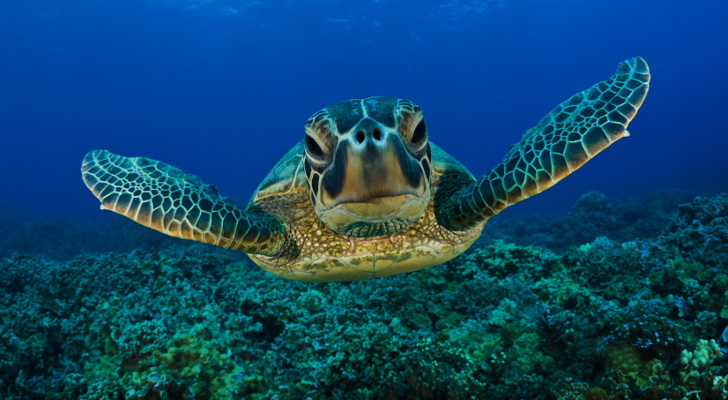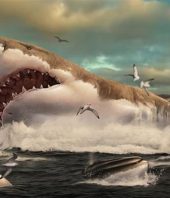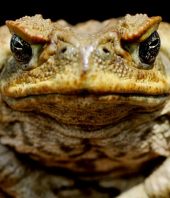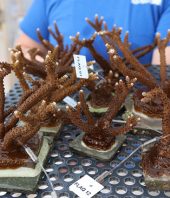Green sea turtles, once served in soup with a splash of sherry, overcame a hurricane and another hot summer to produce a record South Florida nesting season.
Sea turtle nesting season officially ended Tuesday, with the suspension of rules restricting beach lighting that could disorient newly hatched turtles.
For months, thousands of female greens made nighttime crawls up beaches around Florida to dig holes in the sand and lay more than 100 eggs the size of ping-pong balls.
A few nests are still scattered across the region’s beaches, and biologists are still tallying the totals. But it appears loggerhead and leatherback turtles also had good years, despite the loss of nests to Hurricane Irma.
“We’re hearing what everybody else has been hearing, that it’s been a great year for sea turtle nesting,” said Gary Appelson, policy coordinator for the Sea Turtle Conservancy. “All three species that are major nesters in Florida did pretty well. Leatherbacks and loggerheads held their own, and green turtles are almost at record-high levels. It’s truly a conservation success story, the recovery and protection of Florida’s sea turtle populations.”
In Broward County, 636 greens dug nests, smashing the previous record of 495, said Stephanie Kedzuf, the county’s sea turtle coordinator.
Along Boca Raton’s five miles of beach, there were 300 green nests, not quite a record, but way up from the 1980s and ’90s, when some years saw just 12 or 15 nests.
On Singer Island, there were 1,279 green nests, up from 889 two years ago. At the Archie Carr National Wildlife Refuge in Brevard County, Appelson said, the unofficial total is about 17,000, another record.
Last year most nests failed to hatch out, due the hot, dry summer. But this year, a higher percentage of eggs hatched. In Boca Raton, for example, about 65 percent of eggs hatched, up from 38 percent last year, said Kirt Rusenko, marine conservationist at Gumbo Limbo Nature Center, who runs the city’s sea turtle protection program.
Hurricane Irma took a toll, but the storm came late in the season, when most nests had already hatched out. In Broward County, it washed away more than half of the remaining 777 nests of all three species. In Palm Beach County, where the county monitors nests on three beaches, Irma washed away 20 percent to 80 percent of the remaining nests, said Kelly Martin, senior environmental analyst, Palm Beach County Environmental Resources Management.
Loggerheads, by far the most common species, have made Florida their most important nesting area in the world. They are omnivores with an average weight of 275 pounds. Greens, which primarily eat algae and seagrass, reach an average weight of 350 pounds. The largest are leatherbacks, which can reach 1,000 pounds or more and live largely on jellyfish.
Green turtles once served as food for sailors, who would flip the live turtles on their backs to store them on board. But like the other sea turtle species, they benefited from the wildlife conservation wave of the past 50 years, becoming early members of the endangered species list.
The federal government banned catching them and took steps to prevent them from being accidentally caught in shrimp nets and longlines. Federal, state and local rules protected their beach nesting habitat, with Florida’s sea turtle protection program financed by a specialty license plate. Anyone serving green turtle soup today would be committing a felony.
Conservationists and environmental officials say the increase in nesting seen over the past several years show the protection measures taken decades ago finally paying off.
“Those turtles take a long time to mature, so conservation efforts and the Endangered Species Act in the ’70s are probably taking effect now,” Kedzuf said. “We’re seeing a significant trend of increased nesting numbers of all species.”
Problems remain. Florida beaches are suffering erosion, sea-level rise and the loss of natural shoreline to hotels, condos and other development, further complicating the task of female turtles attempt to nest on them, Appelson said. Artificial lighting continues to be a problem, particularly in Broward County.
Richard WhiteCloud, director of Sea Turtle Oversight Protection, which deploys volunteers across Broward’s beaches to rescue hatchlings that crawl the wrong way because of lights, said enforcement of lighting ordinances remains lax. This year, the organization’s volunteers rescued about 20,000 hatchlings that became disoriented, carrying them to the ocean.
“We have hatchlings in the South Beach parking lot every year,” he said, referring to a beach in Fort Lauderdale. “We have hatchlings getting into the road in Pompano every year, and down the storm drains.”
Source: Sun Sentinel, Full Article






